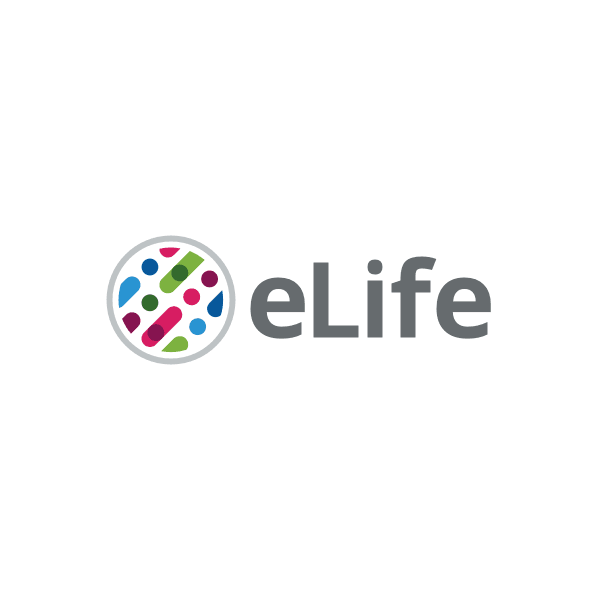Here’s a brief summary, although you miss something if you don’t read the study (trigger warning: stats):
-
The researchers suggest a novel incentive structure that significantly reduced the spread of misinformation and provide insights into the cognitive mechanisms that make it work. This structure can be adopted by social media platforms at no cost.
-
The key was to offer reaction buttons that participants were likely to use in a way that discerned between true and false information. Users who found themselves in such an environment, shared more true than false posts.
-
In particular, ‘trust’ and ‘distrust’ reaction buttons, which in contrast to ‘likes’ and ‘dislikes’, are by definition associated with veracity. For example, the study authors say, a person may dislike a post about Joe Biden winning the US presidential election, however, this does not necessarily mean that they think it is untrue.
-
Study participants used ‘distrust’ and ‘trust’ reaction buttons in a more discerning manner than ‘dislike’ and ‘like’ reaction buttons. This created an environment in which the number of social rewards and punishments in form of clicks were strongly associated with the veracity of the information shared.
-
The findings also held across a wide range of different topics (e.g., politics, health, science, etc.) and a diverse sample of participants, suggesting that the intervention is not limited to a set group of topics or users, but instead relies more broadly on the underlying mechanism of associating veracity and social rewards.
-
The researchers conclude that the new structure reduces the spread of misinformation and may help in correcting false beliefs. It does so without drastically diverging from the existing incentive structure of social media networks by relying on user engagement. Thus, this intervention may be a powerful addition to existing intervention such as educating users on how to detect misinformation.
Slashdot had this covered years ago, literally decades.
- Upvotes limited to +5.
- Votes categorized: funny, informative, insightful, etc.
- Number of votes limited per time frame and user karma.
- Meta-moderation: your votes (up/down both) were subject to voting (correct/incorrect). good score == more upvotes to spend.
It’s a pity that Reddit and other sites didn’t follow this model.
I feel like the downvote button in special should / could be multidimensional. People downvote content out of multiple reasons: “this is incorrect”, “this is really dumb”, “this is off-topic”, “the poster is a jerk”, so goes on.
IMO this would combo really well with the experimental study in the OP.
Slashdot, one of the first predecessors to reddit, had ratings good comments like, “insightful”, “informative”, “funny”, “redundant”, “off topic”, and more.
I always thought it was much better than just I’ll or down vote.
It’s a fascinating idea, but it’s reading a lot into a small effect on a very small study group.
The authors also don’t seem to dwell much on the effect that novelty itself has on study outcomes. This is a common problem with A/B testing: introducing any divergence from what’s familiar can draw participants’ attention and affect outcomes. “Like” and “Dislike” buttons are familiar for anyone who’s spent time on the internet, but “Trust” and “Distrust” buttons are novel and will be treated more carefully. If they were used widely then we’d eventually develop a kind of banner blindness to the language, and their effect on discernment would be further weakened.
This approach could also overindex comments that express risk and uncertainty. Well-worded concerns and calls for “further study” are a time-honored way of disrupting progress (never forget the Simple Sabotage Field Manual) but often sound trustworthy.
Which makes this comment rather ironic.
I… Just straight up don’t buy that this would work out in reality at all. I think people just ignore what the buttons are called when they do the same thing. And we have a situation where people do dispute the veracity of basic facts, anyways.
It makes me wonder how the study was designed and whether there’s an element of confusion in the reporting between “statistical significance, aka the effect observed by the study is less than 5% likely to be caused by pure chance” and “actual, common parlance significance, aka the effect observed is large and important”. But I’m not curious enough to actually spend the time to look into it.
I’m really skeptical about this. I feel like it could make misinformation even worse. By letting users democratically label things as “true” or “false”, you’re encouraging users to rely on groupthink to decide what’s true, rather than encouraging users to think critically about everything they see. For example, if a user comes across a post that’s been voted as 90% true, they’ll probably be like “I don’t need to think critically about this because the community says it’s true, which means it must be true.”





